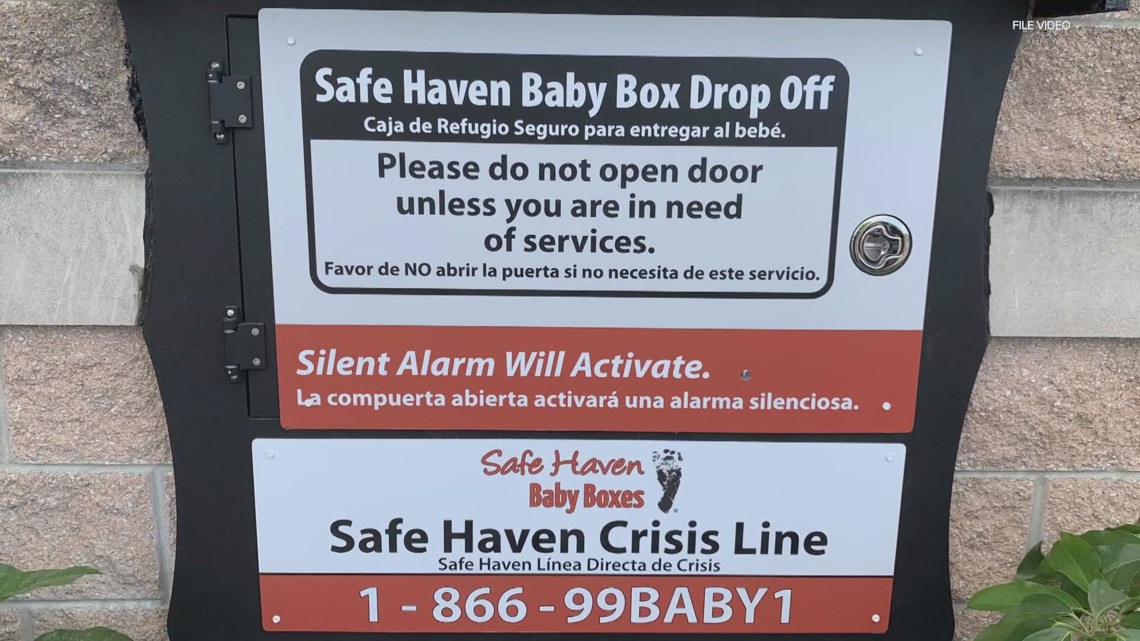The brain of a gunman who killed 18 people and injured 13 others in Lewiston, Maine, showed signs of significant traumatic injury at the time of the mass shooting, researchers tasked with examining the tissue said.
Robert Card, 40, opened fire at a bowling alley and a bar on Oct. 25, resulting in the deadliest mass shooting in the state's history.
The Office of the Chief Medical Examiner had requested a study of the brain tissue to try to answer the question of whether his military service could have contributed to his behavior. The gunman was exposed to repeated blasts while training U.S. Military Academy cadets on how to use guns, anti-tank weapon and grenades at West Point, New York.
Tissue samples were sent to a lab at Boston University that specializes in brain trauma, including chronic traumatic encephalopathy, or CTE, which has been identified in many professional football players. In a statement released through the Concussion Legacy Foundation, the family offered details on some of the results. Researchers said they found evidence of traumatic brain injuries in tissue from the gunman's brain, but no evidence of CTE.
Get top local stories in DFW delivered to you every morning. Sign up for NBC DFW's News Headlines newsletter.
“Robert Card had evidence of traumatic brain injury. In the white matter, the nerve fibers that allow for communication between different areas of the brain, there was significant degeneration, axonal and myelin loss, inflammation, and small blood vessel injury. There was no evidence of chronic traumatic encephalopathy (CTE),” said Dr. Ann McKee, director of the BU CTE Center, wrote. “These findings align with our previous studies on the effects of blast injury in humans and experimental models. While I cannot say with certainty that these pathological findings underlie Mr. Card’s behavioral changes in the last 10 months of life, based on our previous work, brain injury likely played a role in his symptoms.”
Card's body was found two days after the shooting. The cause of death was ruled a suicide.
Family members had concerns about his behavior before the shooting. They reported that he was paranoid and delusional, winding up in a hospital for two weeks during training with other reservists at West Point.
U.S. & World
The family released the following statement Wednesday:
“We want to begin by saying how deeply sorry and heartbroken we are for all the victims, survivors, and their loved ones, and to everyone in Maine and beyond who was affected and traumatized by this tragedy. We are hurting for you and with you, and it is hard to put into words how badly we wish we could undo what happened. While we cannot go back, we are releasing the findings of Robert’s brain study with the goal of supporting ongoing efforts to learn from this tragedy to ensure it never happens again. We thank the Maine Chief Medical Examiner’s office for requesting the brain analysis. We know it does not fully explain Robert’s actions, nor is it an excuse for the horrific suffering he caused, but we thank Dr. McKee for helping us understand his brain damage and how it may have impacted his mental health and behavior. By releasing these findings, we hope to raise awareness of traumatic brain injury among military service members, and we encourage more research and support for military service members with traumatic brain injuries. Our hearts remain with the victims, survivors, and their families.”
Other soldiers had also reported their concerns and his access to weapons was restricted when he left the hospital.
Law enforcement officials did receive warnings about those concerns, but after he failed to answer a door during a well-being check, the issue went unresolved.
Many, including survivors of the shooting, said there were missed opportunities that could have prevented the violence.
The governor has created an independent commission to review the shootings, including the police response.
The Associated Press contributed to this report.



